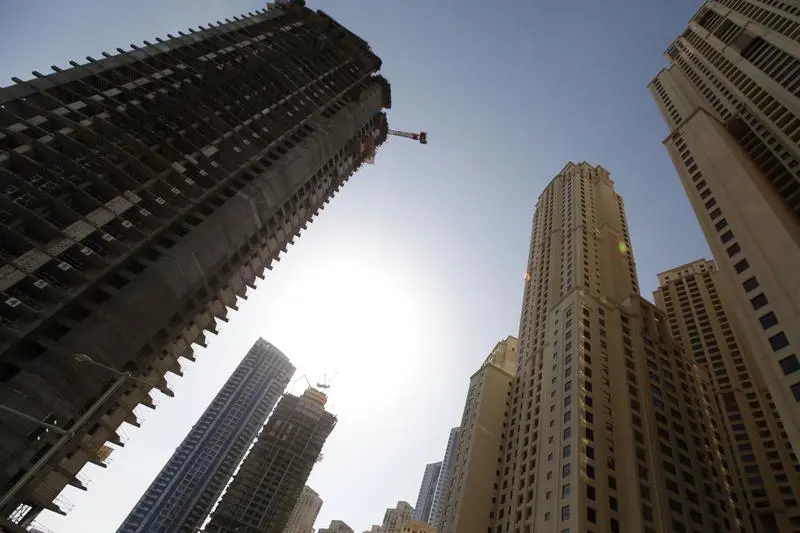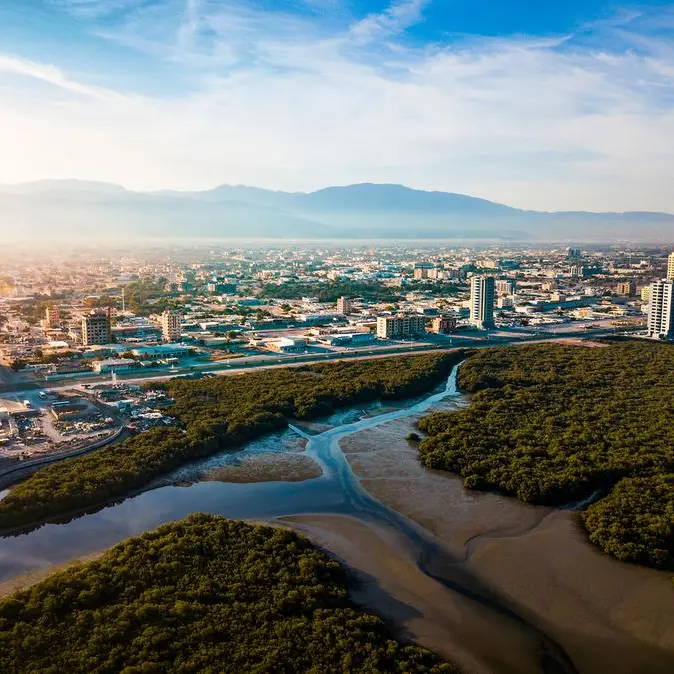PHOTO
Wednesday, May 04, 2016
Dubai: New supply is definitely having an impact on residential rentals in some of Dubai’s key neighbourhoods, including non-freehold ones such as in Bur Dubai and Oud Metha. In fact, the dip is estimated at 2 per cent during the first three months of the year, according to the latest update from CBRE.
The property consultancy suggests that “deflationary pressures [on rentals are] creeping into some of the more affordable leasehold locations... while freehold submarkets such as International City have also suffered more downturns in performance.”
According to market sources, what was experienced in the prime residential neighbourhoods of Dubai — such as Jumeirah and Downtown — is percolating down to other areas as well. Apart from new supply, any rental decline is also a factor of recent job losses and landlords not willing to leave their premises vacant for a long time. Instead, they are willing to bring down their rental demands.
“Residential properties have faced sliding rates across virtually all locations... reflecting the negative impact of new supply on the market and slowing new job growth caused by ongoing economic challenges in the region,” the CBRE report notes.
The tie-in between job losses and diminished job creation are most pronounced in the upscale residential areas, with Downtown recording a “notable dip” in rentals during the first quarter of 2016.
Also, the rental value changes do not seem to have had a uniform movement across the city. Deira rentals seem to be holding up quite well and remain dominant in adjoining sectors such as Al Ghusais and Al Nahda. In fact, residential properties closer to Sharjah — and even those within Sharjah — have not had much fluctuations on the lower side, leasing agents add.
Meanwhile, on the sales side, “[a]verage residential prices continued to fall, with a further drop of around 2 per cent recorded quarter on quarter after a 4 per cent decline during the final quarter of 2015,” the CBRE report adds. But the big takeaway for potential investors and developers with unsold inventory is that the rate of decline seems to be subsiding. It is becoming more range-bound, while some locations have been able to halt the decline altogether.
Based on revised construction updates, around 15,000 units could be in for handover this year. If that does pan out, it would be a marked improvement on the 8,000 odd units delivered last year — compared to the 20,000-plus homes initially projected.
The majority of handovers would be from secondary locations such as Dubailand (35 per cent), Dubai Silicon Oasis (20 per cent) and Jumeirah Village (6 per cent).
“In terms of new supply from the more established sub-markets, Dubai Marina is likely to see the highest allocation, with around 8 per cent of the total new units,” CBRE adds.
Many silver linings in Dubai’s office space
If it is built to quality, it will lease. That’s the abiding sentiment in Dubai’s office market, where demand is clearly some way ahead of supply in key locations, according to CBRE. Tecom and DIFC top the charts.
According to Mat Green, Head of Research & Consulting, CBRE Middle East, “Overall, the availability of good quality single held offices remains tight, with a surge in pre-leasing activity over the last 24 months stripping a large portion of the recently delivered and upcoming office space from the market before completion.”
•There has also been sustained demand for new free zone licenses, with “DMCC currently experiencing positive take-up rates, driven by demand for smaller offices spaces from start-ups and SMEs.
•Around 800,000 square metres of new office space is expected over the next three years, with the majority in Business Bay. This would represent around 25 per cent of the total, and a further 10 per cent could be from Dubai Trade Centre District.
By Manoj Nair Associate Editor
Gulf News 2016. All rights reserved.












